A few months ago, we started a two-post recap of our 2013 autumn visit to the north of France with an account of our impressions of the medieval city of Provins and the cathedrals of Amiens, Chartres and Reims. The focus of this trip was on relaxation (in the first place) and the discovery of a few UNESCO world heritage sites.
It has been a busy period these last months, with a special and obviously ironical “thank you” to COVID-19 for all the extra administration, which didn’t make our day jobs easier. But the school year is over now and so we once again have some free time to spend on writing blog posts. So, let’s take a leap back in time and search our grey cells for memories of 2013. Except for Provins and the cathedrals, we also visited two royal palaces during that week: Versailles, the principal and luscious residence of the French kings from Louis XIV to Louis XVI, and Fontainebleau, a castle that served as a home for the French monarchs from Louis VII to Napoleon III. In short, Fontainebleau has been a royal palace for a much longer time than Versailles, but its history is nevertheless not nearly as turbulent and decadent as the latter.
If you have to choose between the two in your travel itinerary, the obvious choice would be Versailles, since it is larger, more elaborate, more pompous, more dramatic in a sense. However, we would really like to emphasize that Fontainebleau is a definite must-see as well, when you are in the region. Because of its history, its superbly decorated interior, its green surroundings and its wonderful gardens.
It is possible to visit both the palace ànd the gardens of Versailles in one day. Especially for people like us, who get easily over-saturated after a few hours of old, dusty furniture and a gold foil overdose, more than one day would just be too much. On the other hand, you really have to spend a full day here, because it takes time to absorb all those artistic impressions. Therefore, we would like to emphasize the importance of being early. With an early start you will not be able to avoid the crowds (since they are always there), but it will give you enough time to visit the palace in the morning and take a gentle stroll in the gardens during the afternoon. That’s more or less what we did.
Versailles is just simply an artistical/cultural overdose. Numerous sculptors, architects, painters and other artists have created a unique, prestigious and monumental ensemble of the palace itself and its surrounding domain. This domain is an impressive complex of extensive formal gardens, the Grand Trianon and Petit Trianon retreats and queen Marie-Antoinette’s Hameau de la Reine, a pastoral place of leisure. Originally built by Louis XII in 1624 as a small brick château, it has been enlarged, modified and decorated for over 1.5 centuries until it became the colossal palace it is today: a model for the perfect royal residence.
Both Maarten and Annick had visited Versailles before. Annick came here with a group of 150 fifteen-year olds, when she worked as a student counselor in a secondary school. Since she was occupied the whole time to keep track of her group of students, she wasn’t able to fully appreciate the palace’s interior then. Not losing those kids in a mass of Japanese and American tourists was quite an assignment in itself. Making them not touch anything was even harder though! She had some free time to wander through the gardens and she loved it, even though the fountains didn’t work at that time.
Maarten came here on a schooltrip when he was 16 years old. Although he remembers being rather overwhelmed by the grotesquery of the palace’s interior, it didn’t really leave a long-lasting impression. In hindsight, an old palace might not be very appealing to a teenager.
Coming back here in 2013, it were the gardens that impressed us the most. Maarten entered the palace with Febe (3 years old at that time), while Annick and Túrin (our dog) explored the gardens. Obviously, Febe lost her interest in the rather extensively decorated rooms within half an hour, and was being her silly self for the remainder of the visit (she repeatedly got down on the floor to remain there for several minutes). Although extremely cute, this didn’t make the visit very easy and taking photographs became quite difficult. We did have a lot of laughs though, which made up for the hassle.
Annick decided to focus on the gardens/park around Versailles. It was the only place our dog was allowed. She quite enjoyed her visit. Strolling around the park and taking a look at the outside of the smaller castles was relaxing. The best part was the dreamlike world Marie Antoinette created for herself in l’Hameau de la Reine. Every visitor to the castle should leave some extra time to explore the grounds around the palace: they are well worth the effort!
Originally (12th century) a hunting lodge in the Fôret de Fontainebleau, the Palace of Fontainebleau was expanded, modified and decorated under the reign of François I. To accomplish this, he attracted many Italian artists to work on the palace. These painters and sculptors inspired a whole generation of French artists, in this way introducing and stimulating the renaissance in France. The palace of Fontainebleau became a popular location for the French court, but its importance as an influence on the evolution of art in Europe is of a much larger scale.
Maarten’s camera malfunctioned at the start of our visit (a shutter problem which we eventually couldn’t fix anymore). As a result, he was ‘forced’ to a visit without taking any pictures, a new experience. It was much more relaxing for him and instead of focusing on angles, colours and details, he was more able to take in the atmosphere of this historical place.
Inside, the decorations do reflect those of Versailles (which is a bit too much to our liking), but the outside surprised us a lot! The palace looked like a real fairy tale when we approached it, and the gardens and basins were just as amazing. We loved the walk in the park there. It was a sunny fall day and there were still a lot of flowers in bloom. The castle is just as close to Paris as the castle of Versailles is, but it definitely is less visited. A pitty if you ask use – it’s just as pretty and has less crowds…


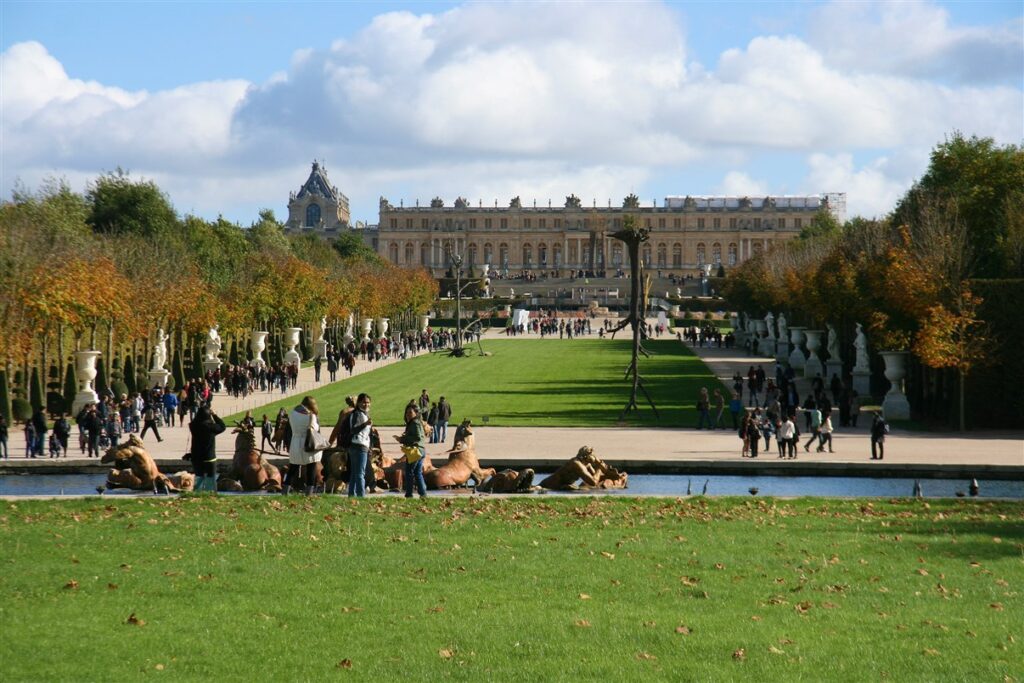
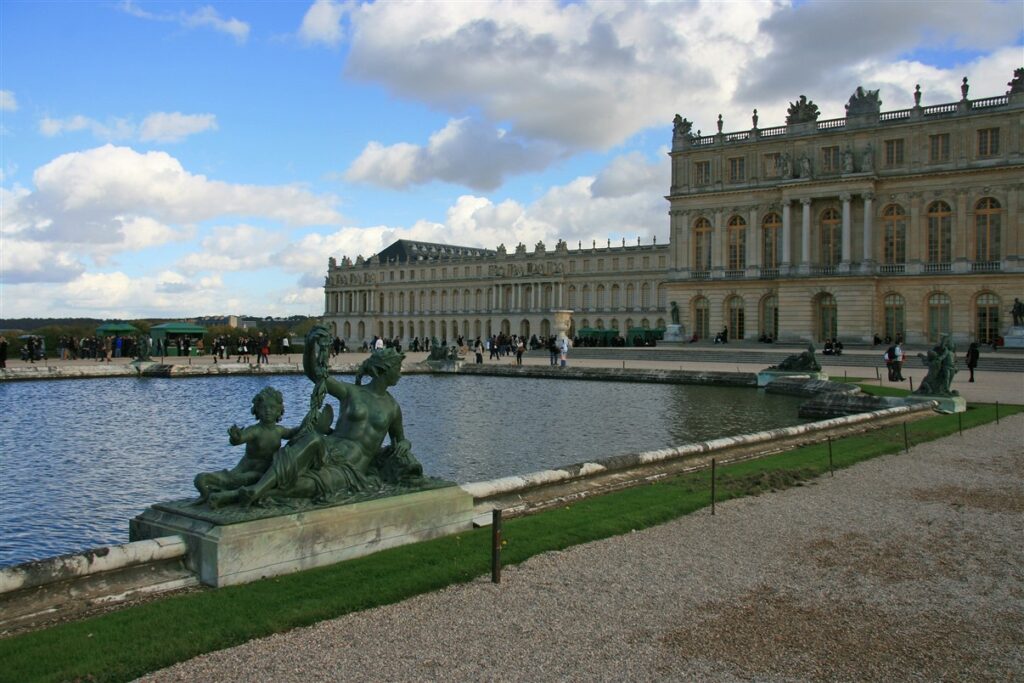
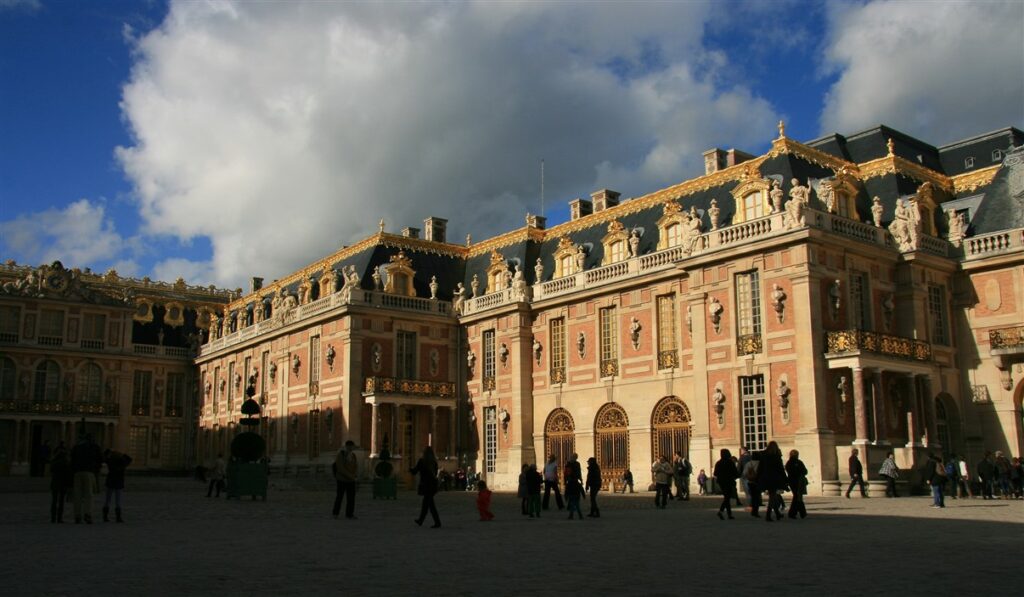
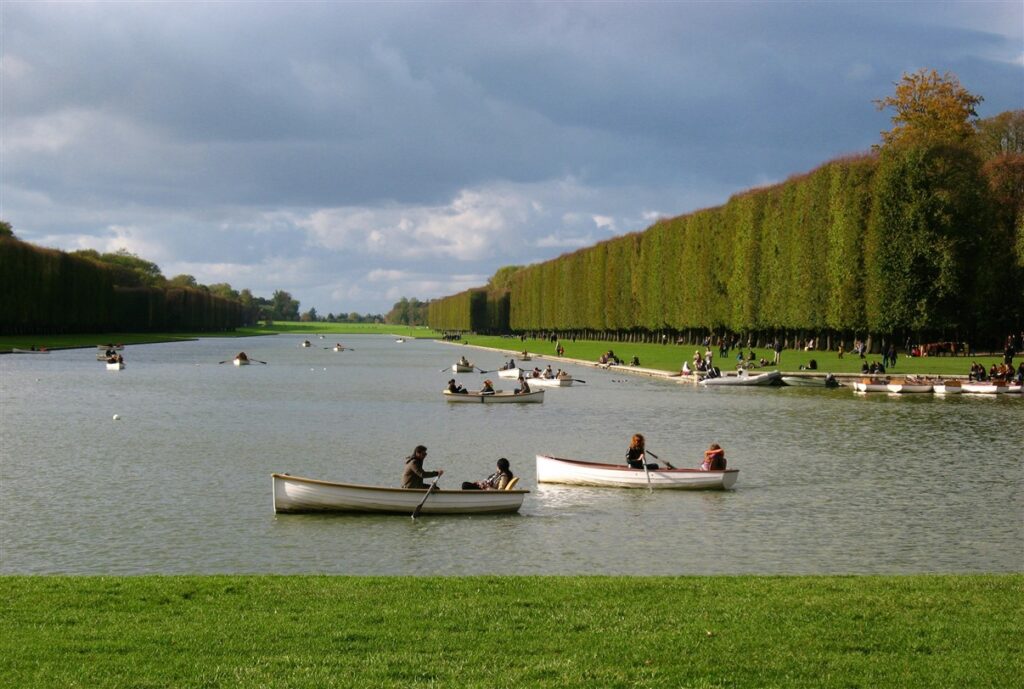

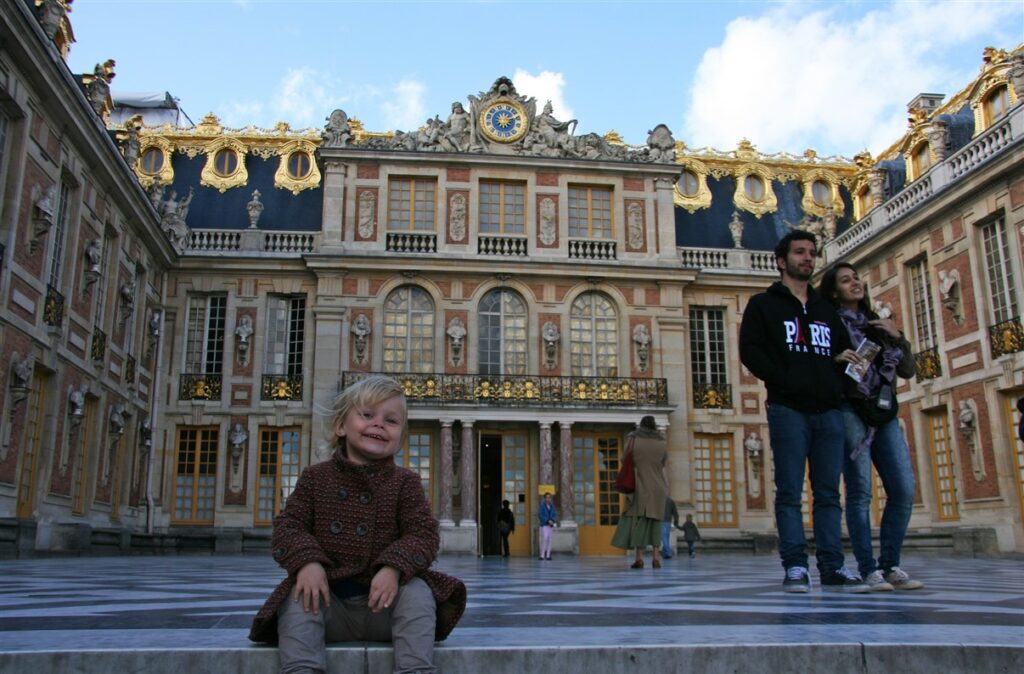
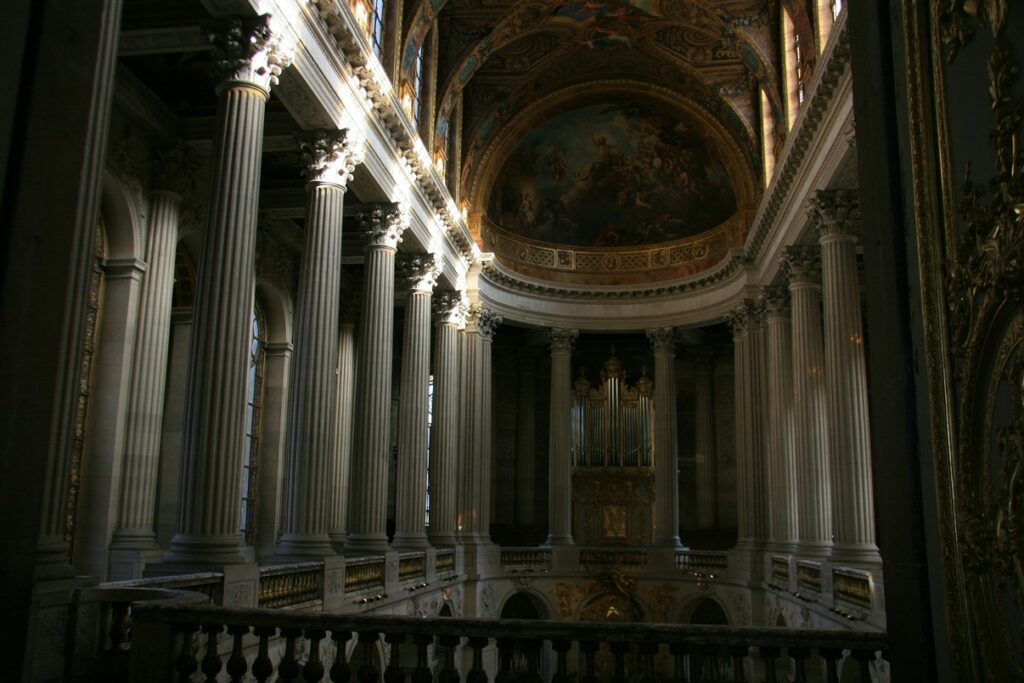

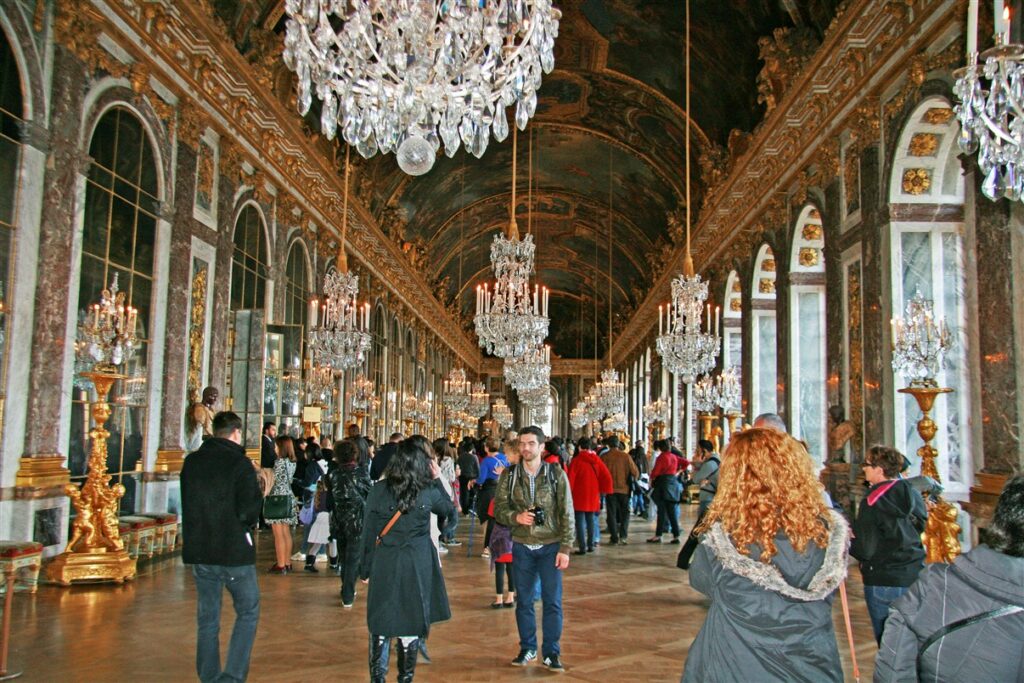


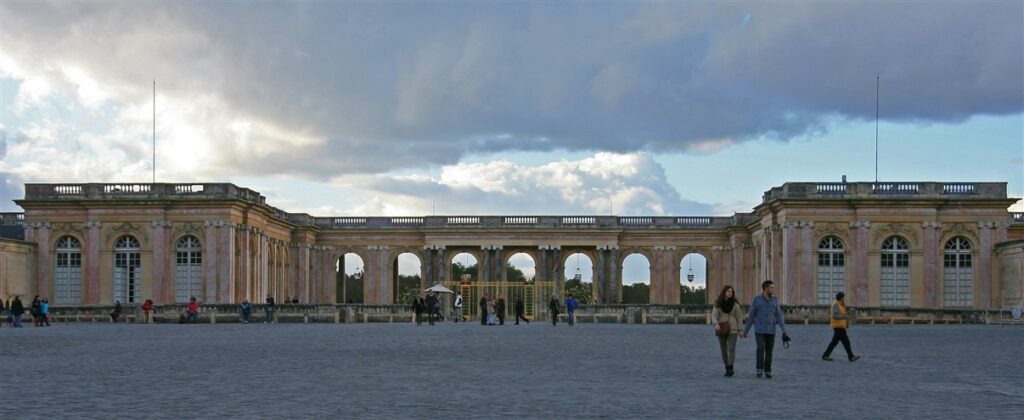
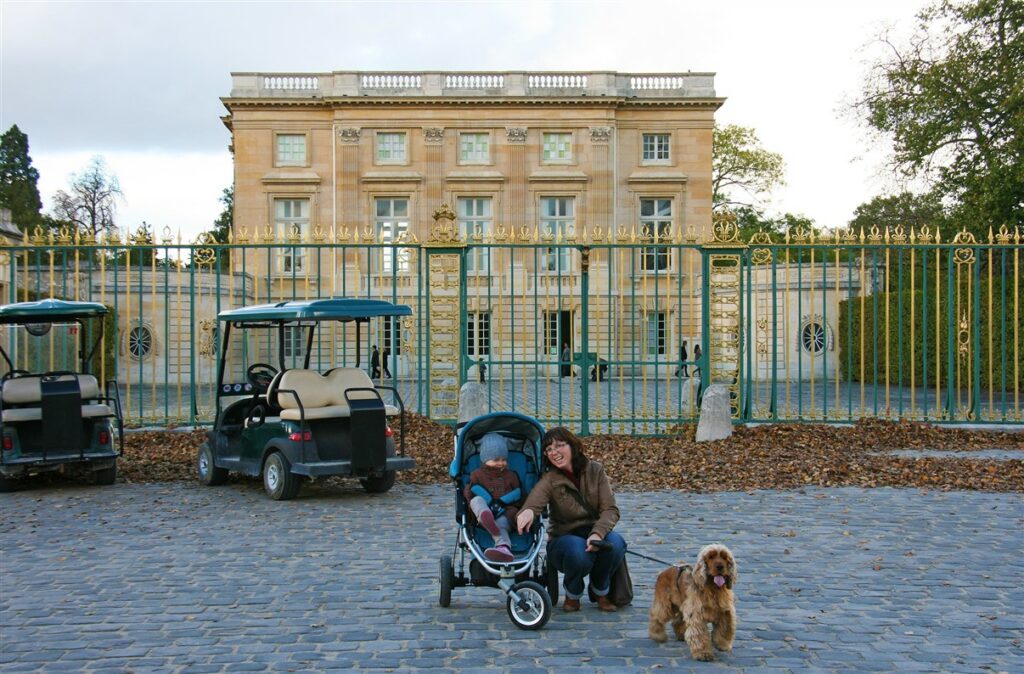
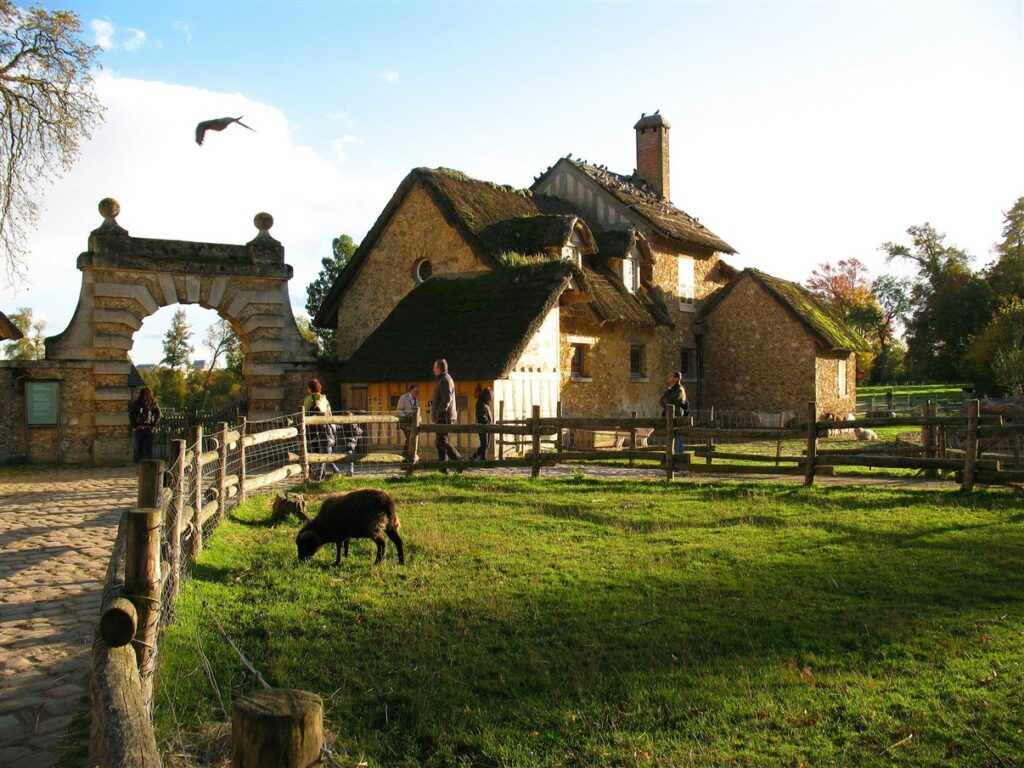


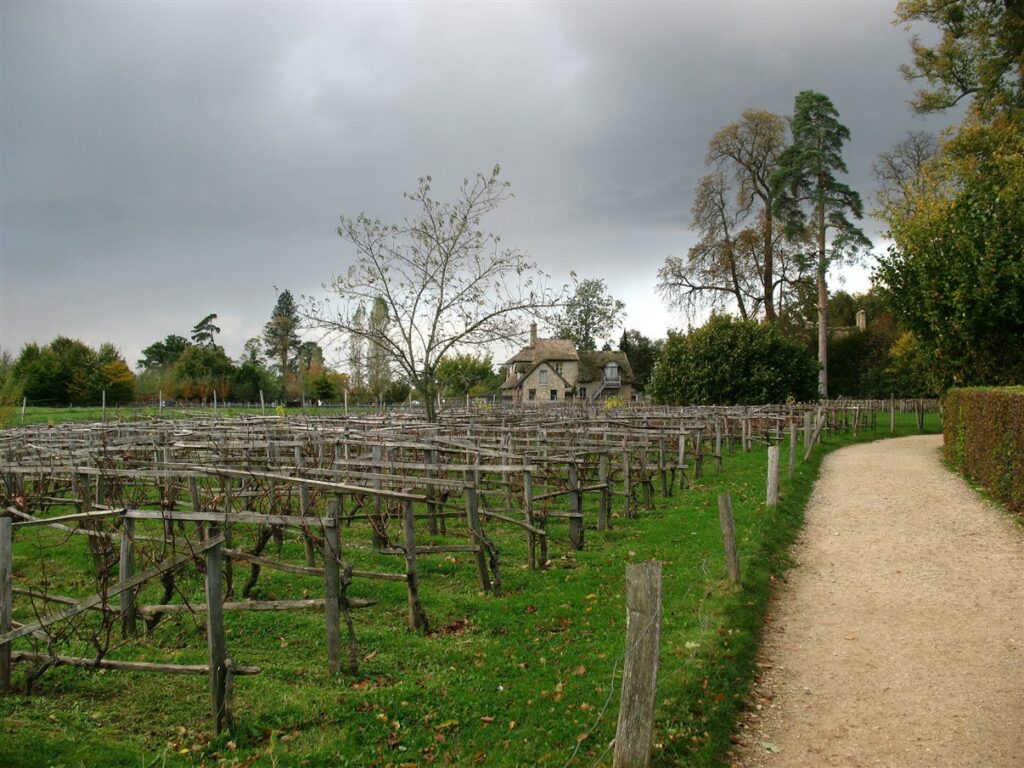
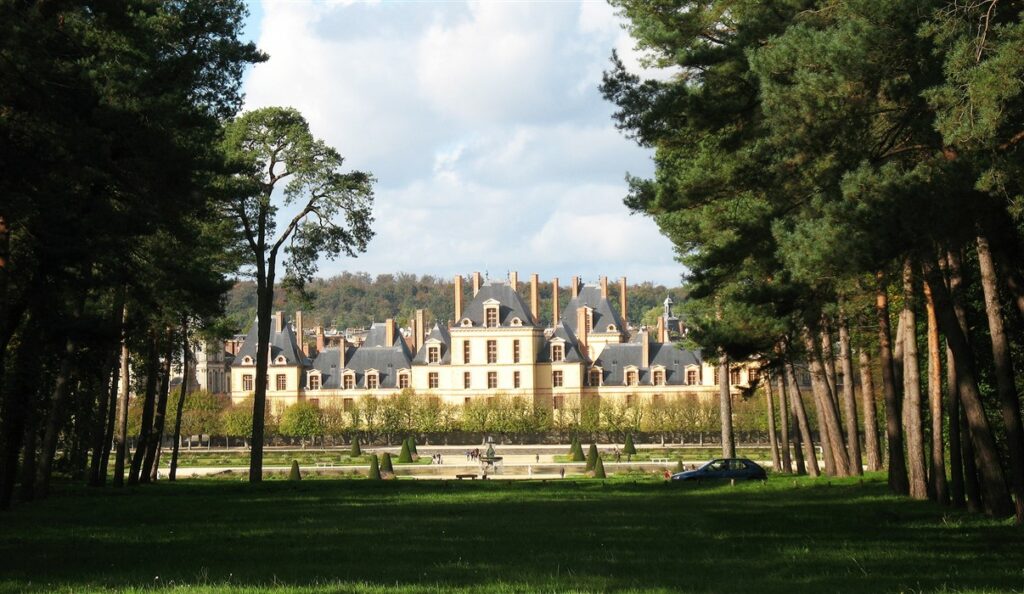
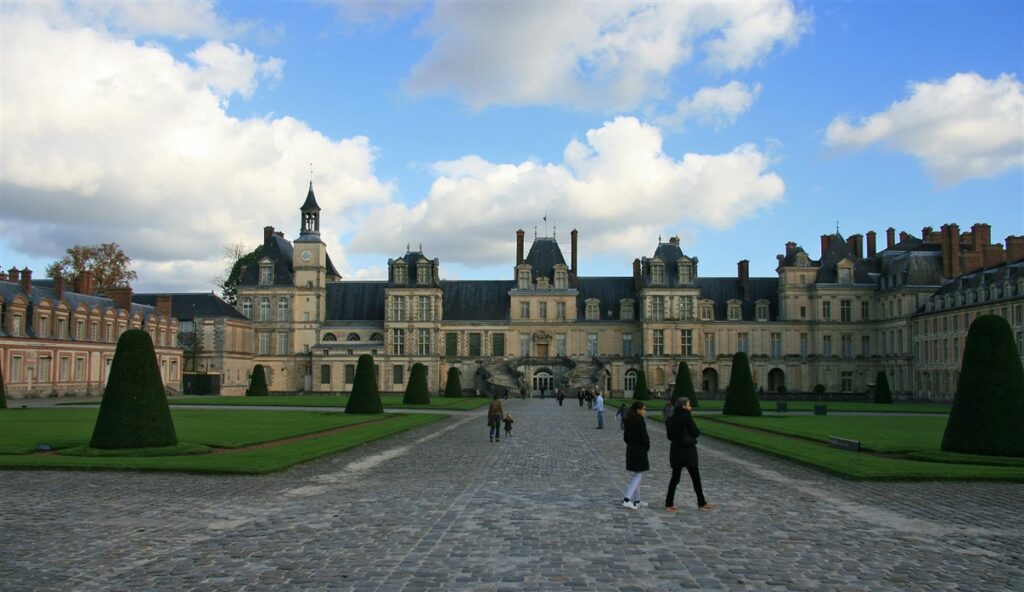
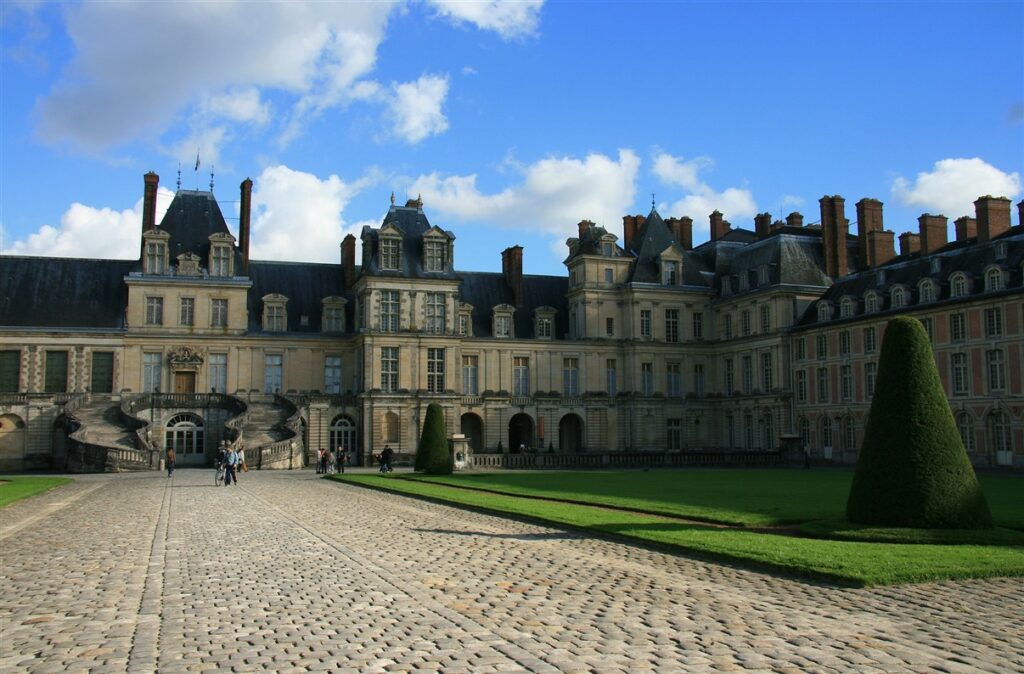
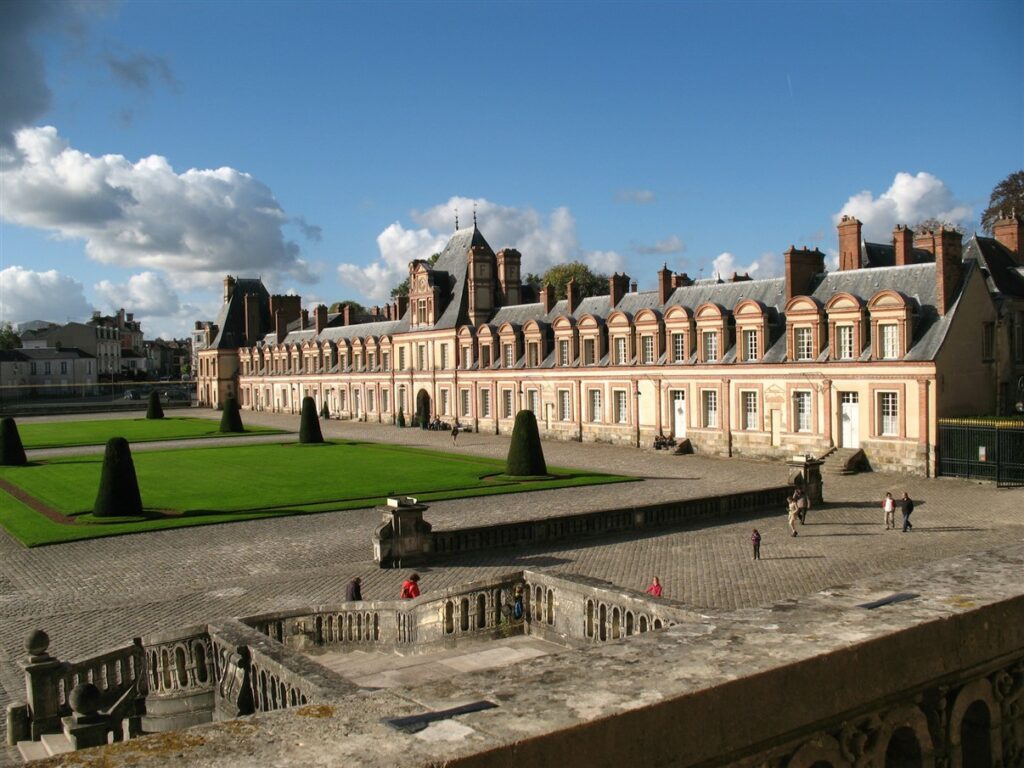
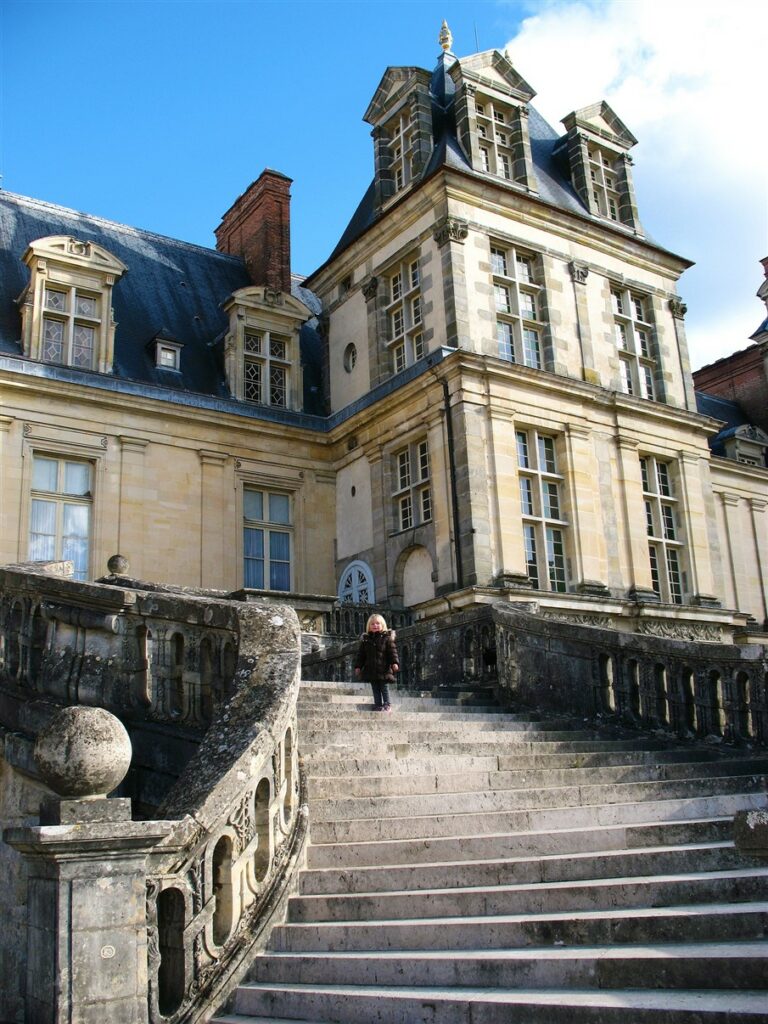
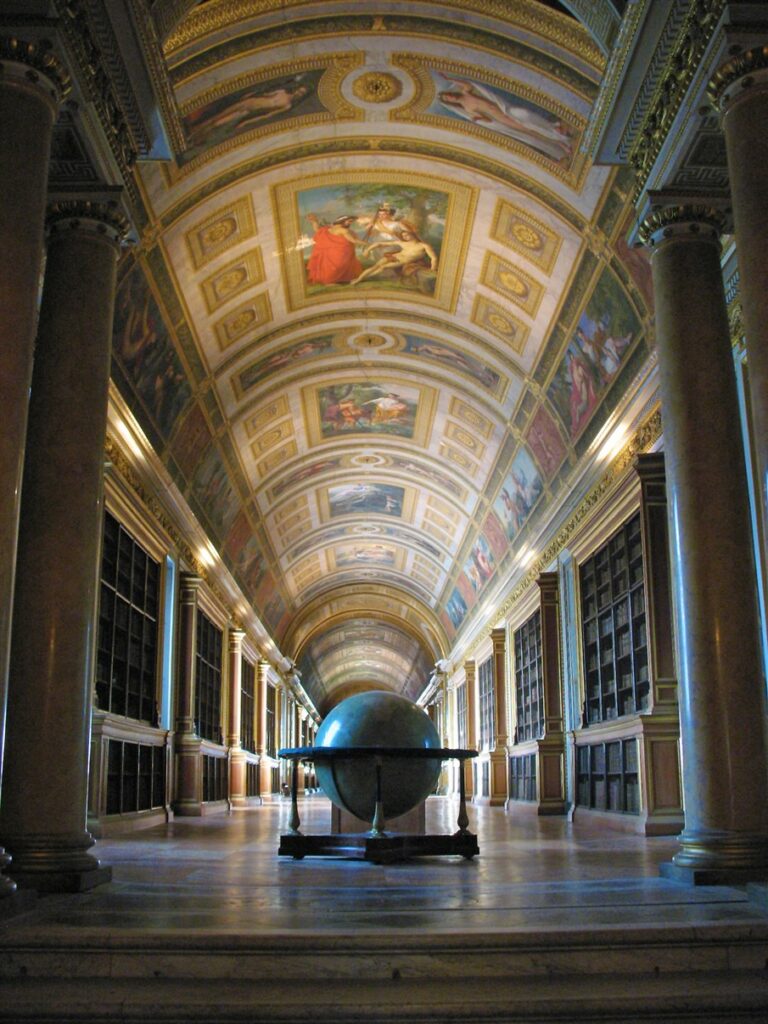
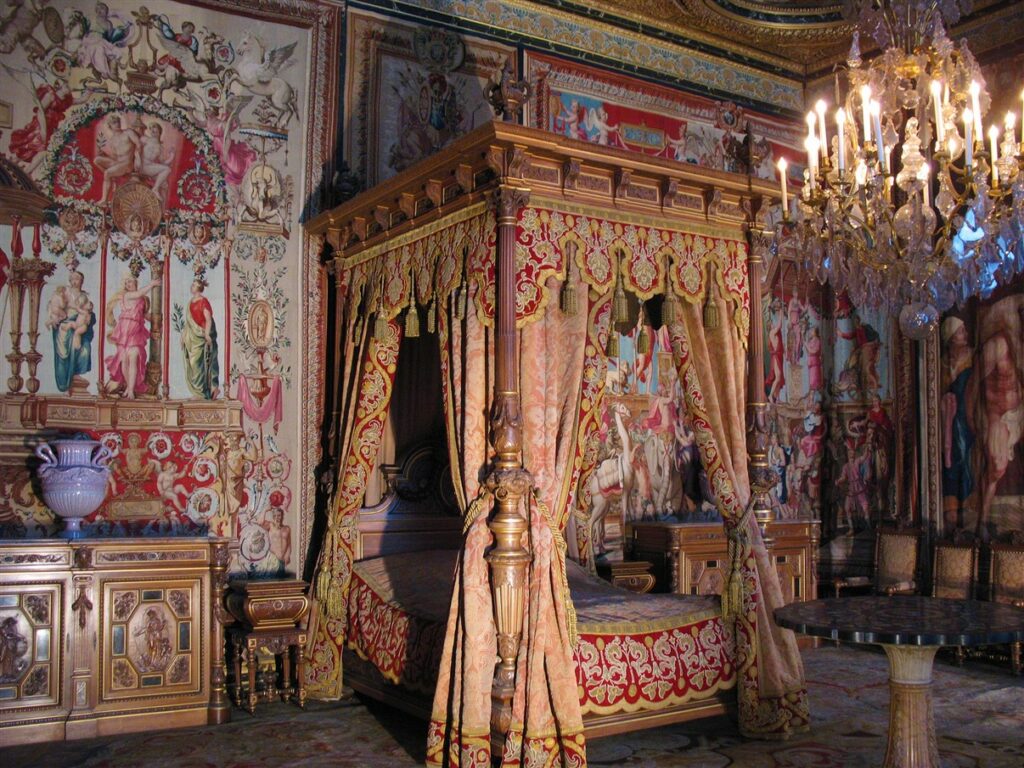
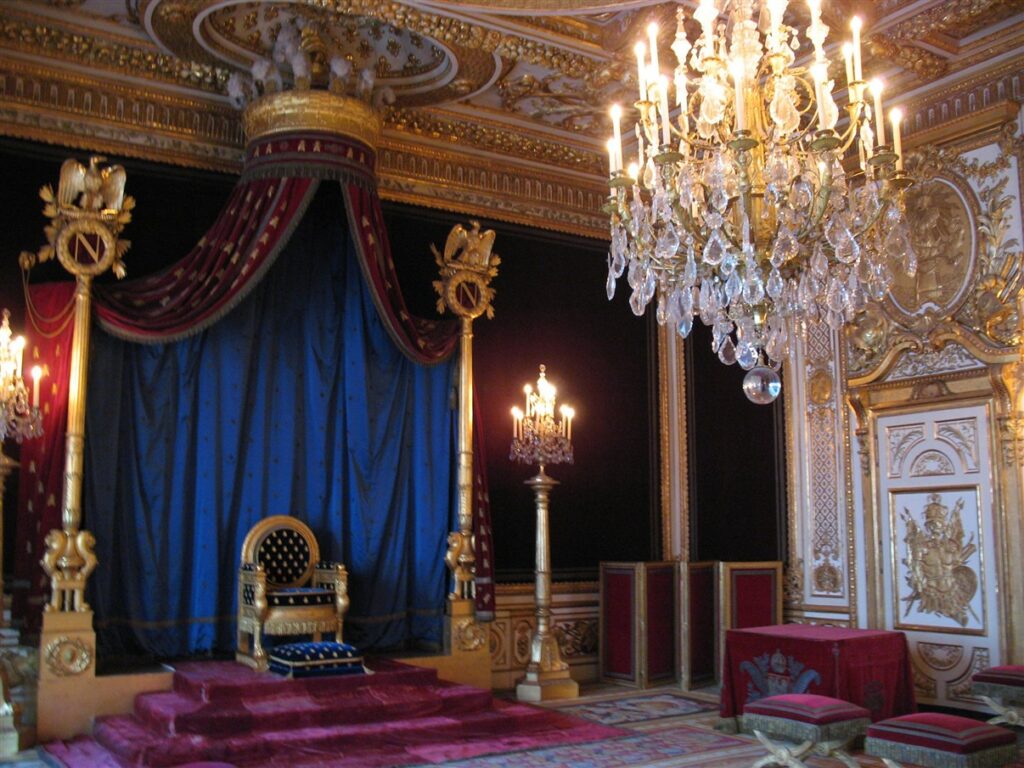
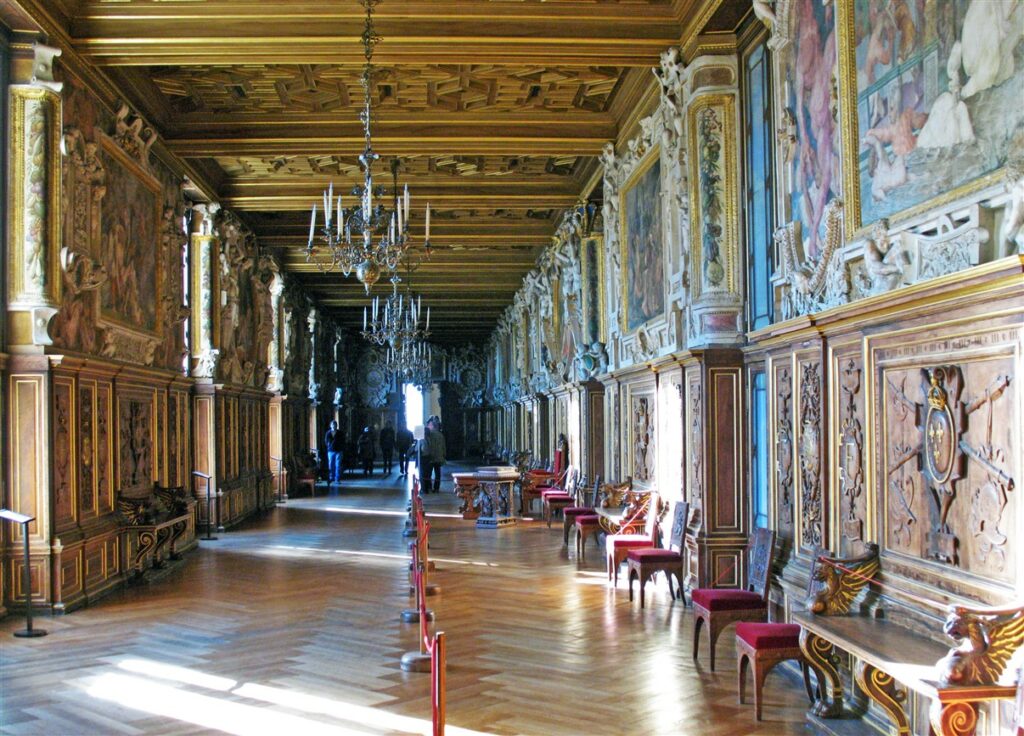
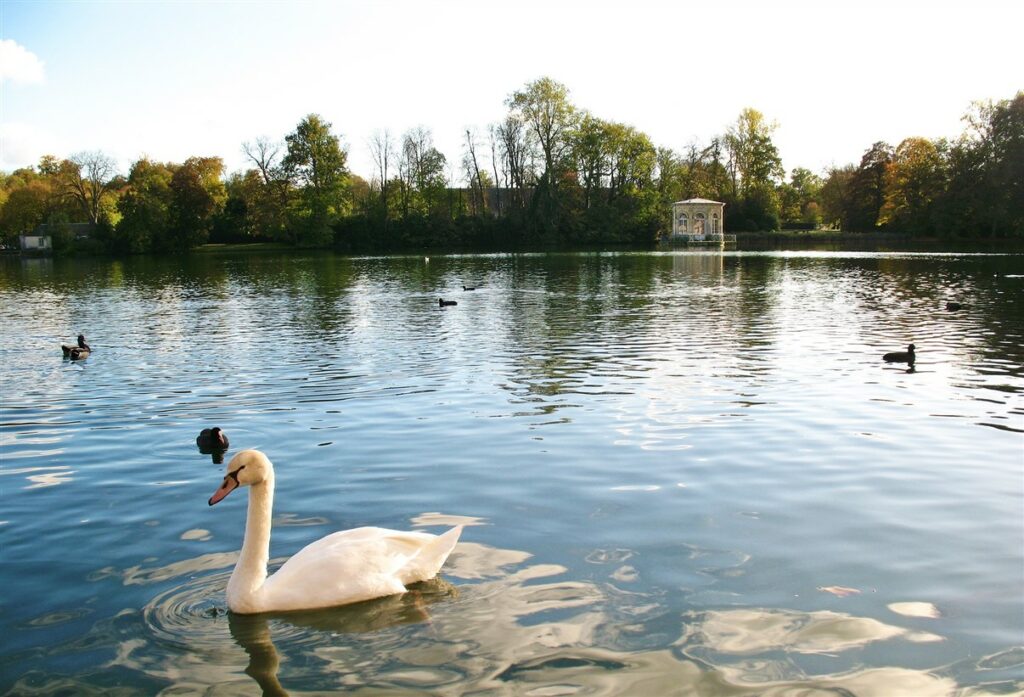
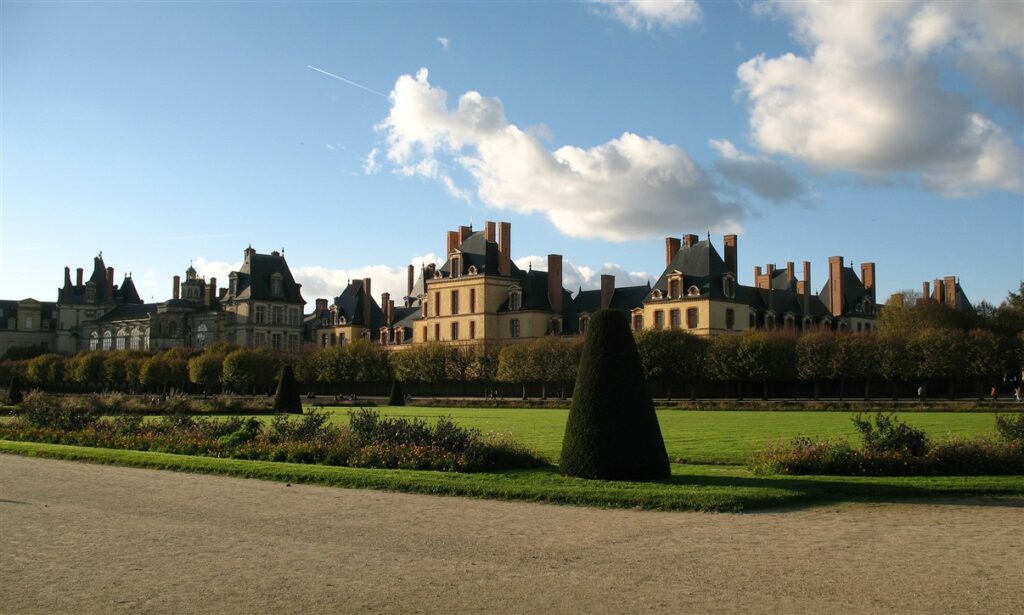
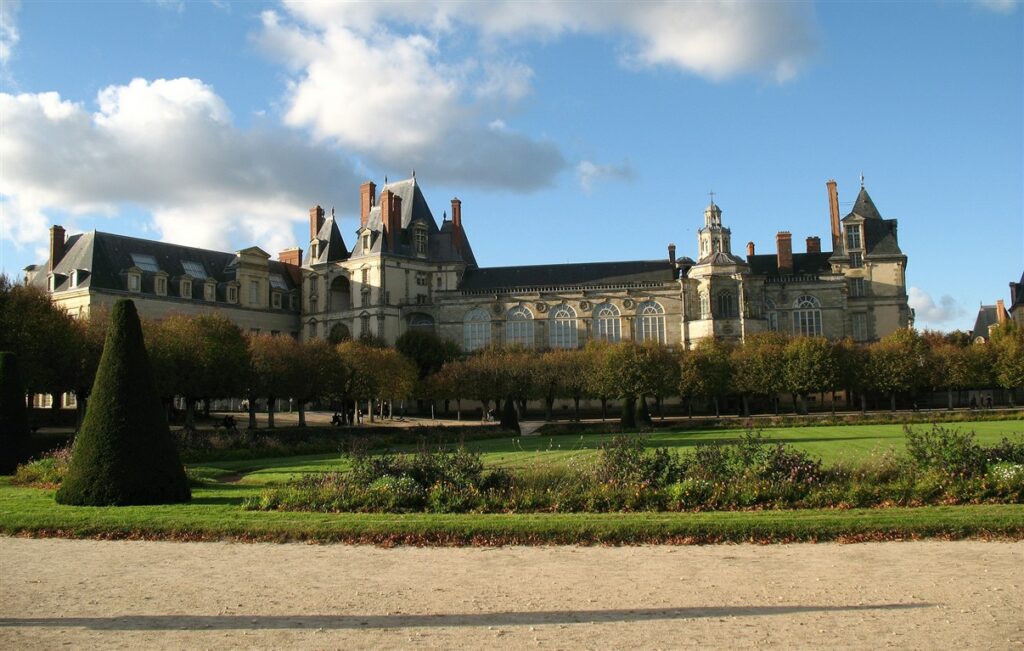
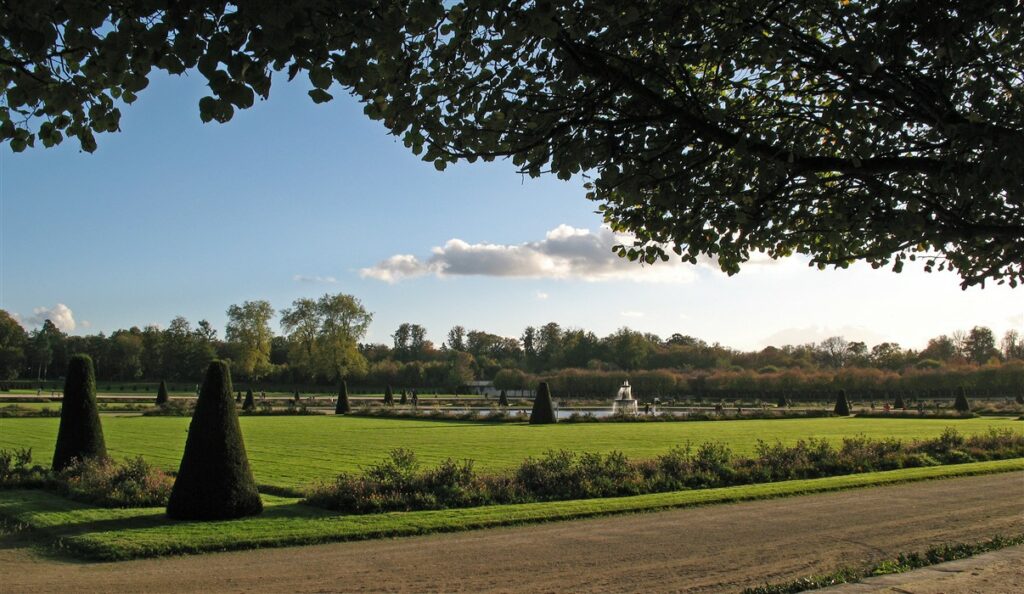
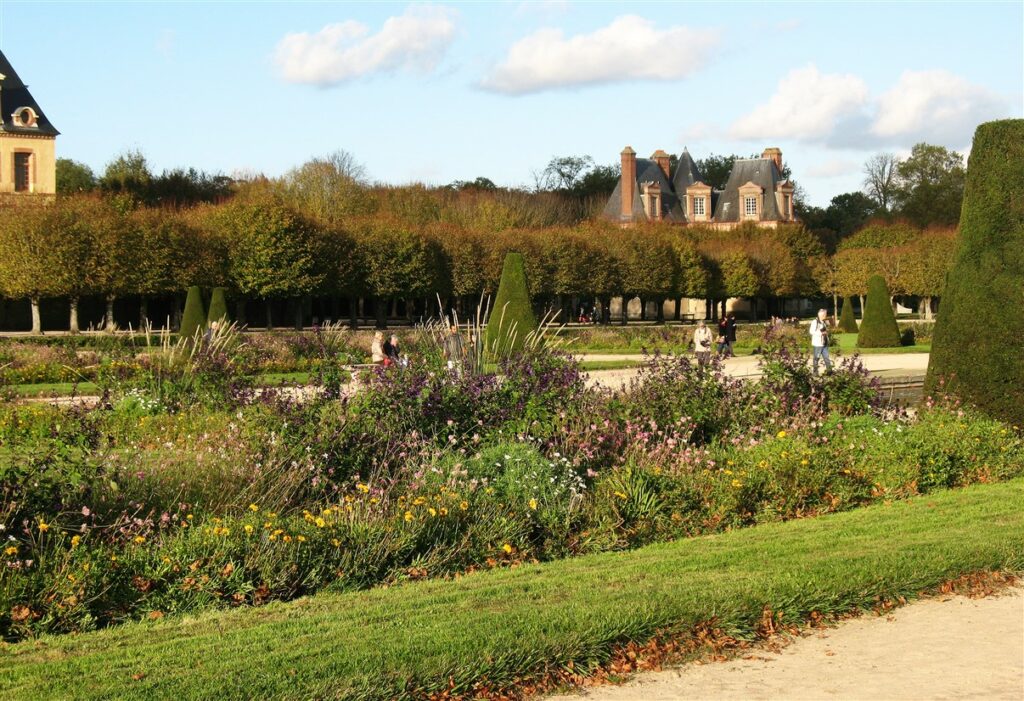




Fontainebleau – C’est genial, beau et une grande dame entre les tresors de la France. A magnificent royal castle. As the Skaninavians say – un gammel fin bygningsvaerke. The Vikings were here but left no ‘slotsvaerke’. – also in Provence. Merci, la France.